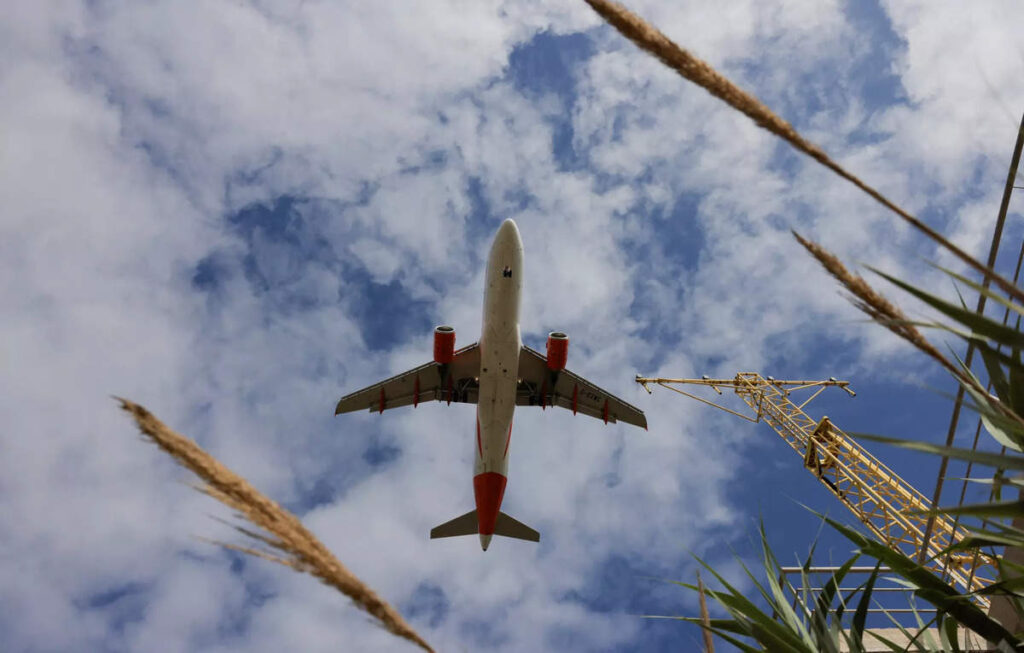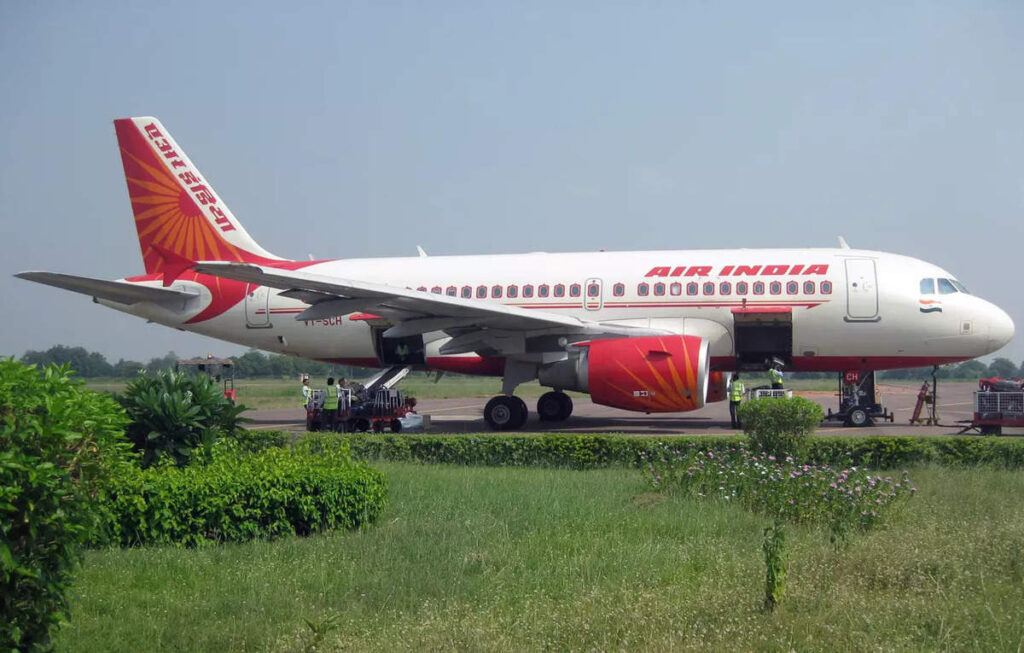Airbus on Monday revised up its 20-year demand forecast for jetliners as many airlines modernise long-haul fleets and Asia’s surging economies lock into air travel.
The world’s largest planemaker predicted in an annual report on jet industry trends that the global fleet would more than double over the next two decades to 48,230 planes.
Airbus predicted industry-wide deliveries of 42,430 new airplanes over the next 20 years, including 41,490 passenger jets, with both figures up 4 per cent since the previous survey.
Airbus divides its demand forecasts into trips that are typically carried out on single-aisle planes, the industry’s most-sold models, and the marathon segment for wide-body jets.
The range and performance of single-aisle planes has steadily improved, eating into markets previously served by bigger planes and helping to transform transatlantic travel.
The report comes as the planemaker’s long-distance, single-aisle A321XLR is expected to win certification in coming days. Boeing is developing a longer-range version of its 737 MAX.
After a prolonged lull, demand for larger wide-body planes is accelerating sharply as airlines renew capacity, and the most significant changes in Airbus’ forecast affect the long-haul fleet.
Airbus revised up its total wide-body demand forecast by 9 per cent to 8,920 units, led by double-digit increases in South America and North America. For the Middle East, one of the largest markets for wide-body planes due to the presence of huge connecting hubs, Airbus trimmed its forecast by 2 per cent amid reports of overcapacity.
Included in the total demand forecast for wide-body jets were 940 large freighters, up 2 per cent from the previous report.
Demand in the busier segment for single-aisle passenger planes like the Airbus A320 and Boeing 737 series, which have a short to medium range, was revised up by 3 per cent to 33,510 units.

Americans are traveling in record numbers this summer, but Delta Air Lines saw second-quarter profit drop 29 per cent due to higher costs and discounting of base-level fares across the industry. The airline is also predicting a lower profit than Wall Street expects for the third quarter. Delta said Thursday it earned USD 1.31 billion from April through June, down from USD 1.83 billion a year earlier.
The planemaker’s predictions draw on economic forecasts suggesting 1.7 billion people will join the middle class, with some income available for air travel, in the next 20 years. “We see particularly strong growth in Asia and the Middle East, led particularly by India and China,” said Bob Lange, head of market analysis and forecasts at Airbus. “Domestic China (traffic) will overtake the U.S.,” he added.
Data issued with the Airbus report highlighted the shift of attention to India, the most populous nation, with the top three fastest-growing traffic flows serving the Indian subcontinent.
But forecasts of a rebound in growth in aviation following the pandemic have put the industry at odds with environmental groups that challenge its record on tackling climate change.
Airbus argued the delivery of new jets would contribute to lower emissions, complementing the development of greener fuels.
- Published On Jul 15, 2024 at 02:12 PM IST



















